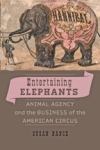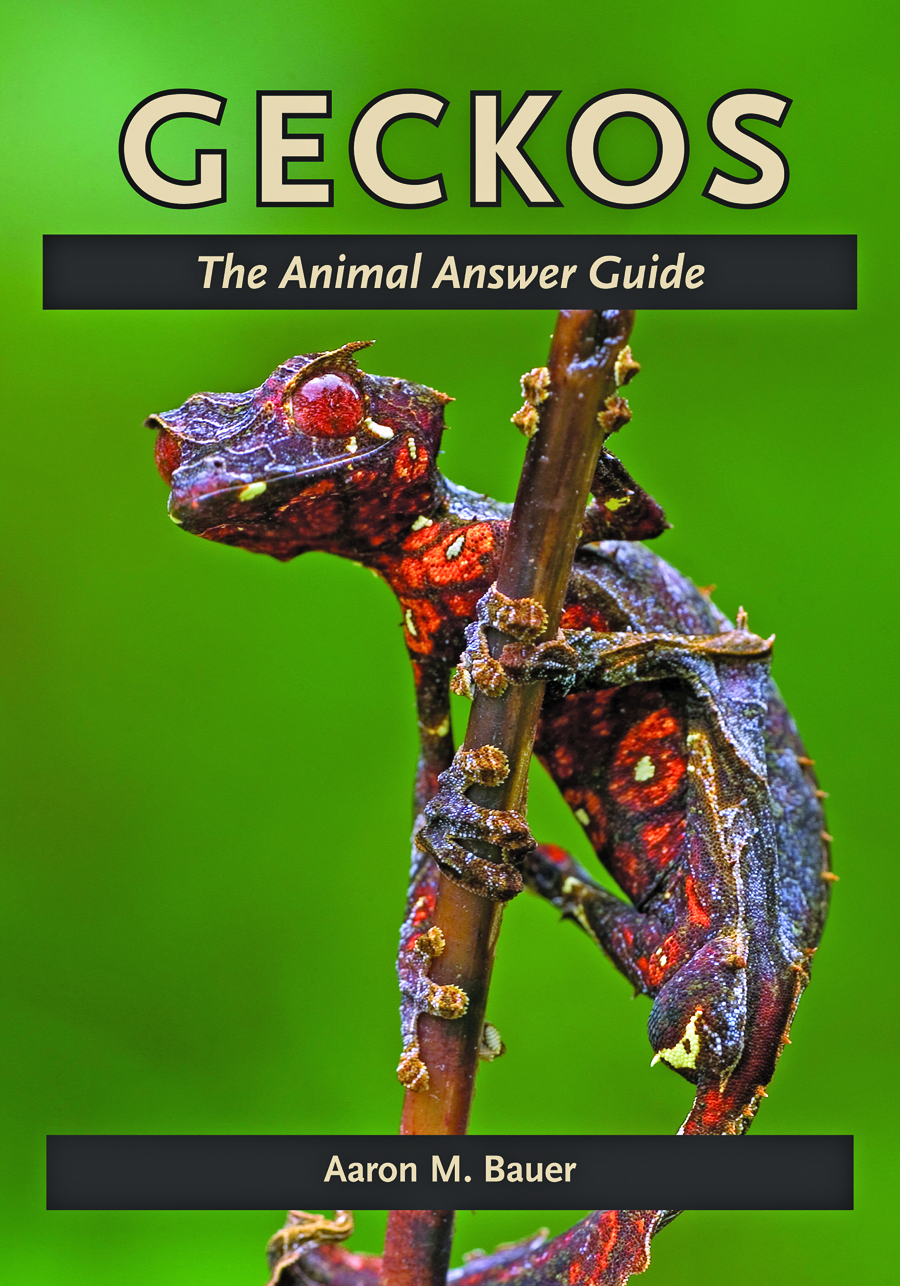Guest post by Susan Nance
It was big news recently when Ringling Brothers and Barnum & Bailey Circus finally bowed to public pressure and their accountants to announce that they will phase out live elephants in their traveling shows by 2018. The circus company is the last one to hold a large herd of elephants. Consequently, it appears that the two-hundred-year window in which Americans pioneered and popularized elephant acts as a part of circus entertainment is closing. Ringling Brothers and their parent company, Feld Entertainment, are pros, and there is no question they will refine their shows and prosper for decades to come.

“The Funny, Wonderful Elephant Brass Band,” Buffalo: Courier Litho. Co., 1899. Library of Congress Prints and Photographs Division Washington, D.C. http://www.loc.gov/pictures/item/2002719165/
So, how do we make sense of rise and fall of the elephant in circuses over the last two centuries? To me, the iconic performing circus elephant speaks not of nostalgia or innocence but of a nineteenth-century attitude toward the natural world that helped get us into the environmental crisis in which we find ourselves today. Balancing on a pedestal in a clown outfit, serving as a platform for a snarling tiger, or tooting awkwardly on a horn while the band played—the circus elephant said to spectators that, as the superior species, mankind could take anything (or anybody) they found in the world with impunity. The Elephant Brass Band pictured here was “funny” to audiences because elephants could not play horns properly, so the humor turned on their inability to measure up to human abilities. It was “wonderful” to audiences because it demonstrated human entitlement to remake animals into whatever people wanted them to be.
In 1855, 1905, or 1955, such performances were grounded in a naively anthropocentric view of the world that suited the imperially acquisitive spirit of the era. Wealthy nations were busy discovering, measuring and cataloging new land, animals, plants, and peoples, and deciding how everything could be exploited for the financial and political gain of those in power or, later, a mass consumer economy. By this logic, nature was raw material just waiting for “improvement” through human manipulation. Circus people designed every aspect of their shows to satisfy ticket-buyers’ need for laughter, amazement, voyeurism, and self-satisfaction. They falsely told the public that elephants were naturally theatrical and native to the circus, and that they endorsed human motives and goals. The act was a kind of elephantine minstrelsy that, like the racist equivalent of the period—blackface—served to bolster the cultural, political and material power of the audience by silencing the beings thus represented.
Outside the circus ring, often before groups of newspaper reporters, circus trainers beat elephants into submission when they refused exhausting and painful training or became frustrated by chains and hobbles that limited their movement. Mentally anguished elephants often attacked or killed company staff, or made attempts at escape. Many circuses killed resistant elephants in ritualistic public executions that—no accident—mirrored and coincided with the horrific lynchings of black men in the American south. In challenging human control, an elephant unknowingly challenged not only the barnmen trying to goad him into a rail car or the exasperated trainer desperately commanding her to salute to the crowd before the applause stopped. Those elephants also unknowingly resisted the entire culture of human supremacy undergirding circus animal acts then, and even now.
Blackface is long gone, thankfully. The circuses gave that act up generations ago in order to keep their entertainment relevant. Could it be that the costumed circus elephant was a similarly political tool for the misrepresentation and domination of elephants and nature? I don’t mean to be flippantly provocative here, or to diminish the struggles of people who have endured systematic stereotyping and dehumanization in this century or earlier ones. Nonetheless, the troubling origins of these conventions for exploiting animals for entertainment expose the degree to which the happy circus elephant character emanates from a problematic historical context and is as arrogant a misrepresentation of elephants today as Zipcoon was of people of color a century ago. Now the public seems more interested in celebrating the intrinsic value of elephants. Ringling Brothers and Barnum & Bailey Circus acknowledges that fact. They will weed one more stereotype out of their repertoire and keep going.
As a species coming to terms with the limits of our power, it seems we may finally be ready to let elephants off the hook.
 Susan Nance is an associate professor of U.S. history and an affiliated faculty member at the Campbell Centre for the Study of Animal Welfare at the University of Guelph, Ontario, Canada. She is the author of Entertaining Elephants: Animal Agency and the Business of the American Circus and How the Arabian Nights Inspired the American Dream, 1790–1935.
Susan Nance is an associate professor of U.S. history and an affiliated faculty member at the Campbell Centre for the Study of Animal Welfare at the University of Guelph, Ontario, Canada. She is the author of Entertaining Elephants: Animal Agency and the Business of the American Circus and How the Arabian Nights Inspired the American Dream, 1790–1935.


